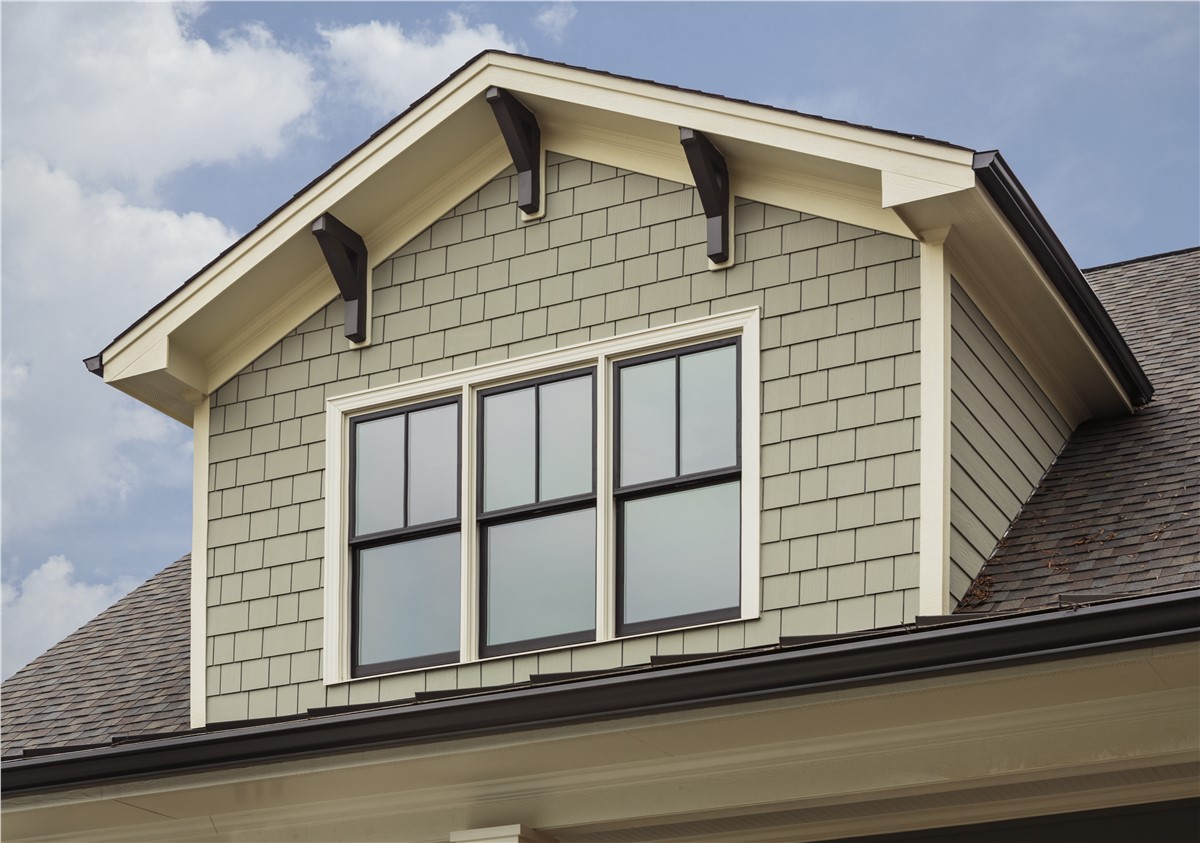

Articles
What Is Cement Siding
Modified: October 28, 2024
Discover the benefits and installation process of cement siding in our informative articles. Enhance the durability and aesthetic appeal of your home with this durable and low-maintenance siding option.
(Many of the links in this article redirect to a specific reviewed product. Your purchase of these products through affiliate links helps to generate commission for Storables.com, at no extra cost. Learn more)
Introduction
Cement siding, also known as fiber cement siding, has become a popular choice for homeowners and builders looking for a durable and low-maintenance exterior cladding option. With its exceptional resistance to weather conditions, insects, and rot, cement siding offers a long-lasting and attractive solution for protecting homes.
When it comes to choosing the right siding material, homeowners often consider factors such as durability, aesthetics, and maintenance requirements. Cement siding checks all the boxes, making it a top choice for those seeking a reliable and visually appealing option.
In this article, we will delve into the world of cement siding, exploring its definition, characteristics, advantages, disadvantages, installation process, maintenance and care, popular brands, and cost. Whether you are a homeowner looking to renovate your exterior or a builder searching for the ideal cladding material, this comprehensive guide will provide you with valuable insights into cement siding.
Key Takeaways:
- Cement siding offers exceptional durability, moisture resistance, and fire resistance, making it a top choice for homeowners seeking a long-lasting and low-maintenance exterior cladding option.
- While cement siding may have a higher initial cost and installation complexity, its resistance to pests, low maintenance requirements, and long-term value make it a cost-effective and visually appealing choice for homeowners.
Definition of Cement Siding
Cement siding, also known as fiber cement siding, is a type of exterior cladding material made from a mixture of cement, sand, and cellulose fibers. It is designed to mimic the look of traditional wood siding while offering superior durability and resistance to the elements.
The manufacturing process involves mixing the ingredients together and pressing them into a mold to create boards or planks. These boards can then be cut and installed on the exterior of a building, providing a protective barrier against moisture, pests, and the effects of harsh weather conditions.
Cement siding is available in a variety of styles and textures, including smooth, wood-grain, and stucco finishes. This versatility allows homeowners to choose a style that matches the architectural design of their home, whether it’s a modern, rustic, or traditional aesthetic.
One of the key features of cement siding is its exceptional durability. It is resistant to rot, swelling, and warping, making it a long-lasting and low-maintenance option. Additionally, cement siding is non-combustible, making it a safer choice compared to wood siding.
Furthermore, cement siding offers excellent resistance to insects, such as termites and carpenter ants, which can cause significant damage to traditional wood siding. This innate resistance to pests makes cement siding an attractive choice for homeowners seeking added protection and peace of mind.
Characteristics of Cement Siding
Cement siding boasts a range of characteristics that make it a highly desirable material for exterior cladding. These characteristics contribute to its durability, aesthetic appeal, and ease of maintenance. Here are some key features of cement siding:
- Durability: Cement siding is known for its exceptional durability and resistance to various elements. It can withstand harsh weather conditions, including extreme temperatures, heavy rainfall, high winds, and prolonged exposure to sunlight, without losing its structural integrity.
- Moisture Resistance: Cement siding is highly resistant to moisture penetration, making it an ideal choice for regions with humid climates. Unlike wood siding, which can warp, rot, or become susceptible to mold and mildew, cement siding remains unaffected by moisture, ensuring long-term protection for the building.
- Fire Resistance: Cement siding is non-combustible, making it a safer choice for homeowners concerned about fire hazards. Its fire-resistant properties can help prevent the spread of flames during a fire, providing an extra layer of safety and protection.
- Insect Resistance: Unlike wood siding that can attract termites, carpenter ants, and other wood-boring insects, cement siding is naturally resistant to pests. This characteristic eliminates the need for regular pest control treatments and reduces the risk of structural damage due to insect infestations.
- Low Maintenance: Cement siding requires minimal maintenance compared to other siding materials. It does not require regular painting, staining, or sealing. Occasional cleaning with soap and water or a pressure washer is usually sufficient to keep the siding looking its best.
- Versatility: Cement siding comes in a variety of styles, textures, and finishes, allowing homeowners to achieve their desired look. Whether you prefer a sleek and modern aesthetic or a rustic and traditional appearance, there is a cement siding option to suit your architectural style and personal taste.
- Eco-Friendly: Cement siding is an environmentally friendly choice as it is made from sustainable and recyclable materials. It does not release harmful substances into the environment and can often contribute to better energy efficiency in homes.
Advantages of Cement Siding
Cement siding offers numerous advantages that make it a popular choice among homeowners and builders. From its durability and versatility to its aesthetic appeal and low maintenance requirements, cement siding provides a range of benefits. Here are some key advantages of cement siding:
- Exceptional Durability: Cement siding is highly durable and can withstand various weather conditions, including extreme temperatures, heavy rain, and high winds. It does not rot, warp, or crack over time, ensuring that it maintains its structural integrity for many years.
- Resistance to Moisture: Unlike wood siding, which is prone to moisture damage, cement siding is highly resistant to moisture penetration. It does not absorb water, preventing issues such as warping, swelling, or rot. This moisture resistance helps to maintain the appearance and longevity of the siding.
- Fire Resistance: Cement siding is non-combustible, offering excellent fire resistance. It does not contribute to the spread of flames, making it a safer choice compared to wood siding. This fire-resistant property provides peace of mind for homeowners concerned about fire hazards.
- Pest Resistance: One of the significant advantages of cement siding is its resistance to pests. Unlike wood siding, which can attract termites, carpenter ants, and other wood-boring insects, cement siding is not a food source for these pests. This eliminates the risk of structural damage and reduces the need for pest control treatments.
- Low Maintenance: Cement siding requires minimal maintenance, saving homeowners time and effort. It does not need regular painting, staining, or sealing like wood siding. Occasional cleaning with soap and water or a pressure washer is typically sufficient to maintain its appearance.
- Aesthetic Appeal: Cement siding is available in various styles, textures, and finishes, allowing homeowners to achieve the desired look for their home’s exterior. It can mimic the appearance of wood siding, shingles, or stucco, providing a wide range of design options to suit different architectural styles.
- Longevity: Due to its durability and resistance to various elements, cement siding has a long lifespan. It can last for 50 years or more with proper installation and maintenance, making it a worthwhile investment for homeowners looking for a long-term exterior cladding solution.
Overall, the advantages of cement siding make it an attractive choice for those seeking a durable, low-maintenance, and visually appealing option for their home’s exterior.
Disadvantages of Cement Siding
While cement siding offers numerous advantages, it is important to consider its potential drawbacks as well. Understanding the disadvantages can help homeowners make an informed decision about whether cement siding is the right choice for their needs. Here are some key drawbacks of cement siding:
- Installation Complexity: Cement siding requires professional installation due to its weight and the specific techniques involved. Improper installation can lead to issues such as water infiltration or cracking. Hiring experienced contractors can help ensure a proper and secure installation.
- Cost: Cement siding tends to be more expensive than other siding materials, such as vinyl or wood. The initial investment for cement siding can be higher, which may be a deterrent for homeowners on a tight budget. However, the long lifespan and low maintenance requirements can offset this higher upfront cost in the long run.
- Weight: Cement siding is relatively heavy compared to other materials. This weight can make the installation process more labor-intensive and may require additional structural support. It is essential to consider the load-bearing capacity of the building before opting for cement siding.
- Brittleness: While cement siding is durable, it can be prone to cracking if subjected to significant impact or force, such as a hard impact from a heavy object. Extreme temperature fluctuations can also cause the material to expand and contract, potentially leading to cracks over time.
- Repairs: In the event of damage, repairs to cement siding can be more challenging compared to other siding materials. Patching cracks or holes may require specialized tools and techniques, and color matching can also be a challenge. It is important to address any damage promptly to prevent further issues.
- Limited Color Options: While cement siding comes in various styles and textures, the color options may be more limited compared to other siding materials. While it is possible to paint cement siding, it may require periodic repainting to maintain the desired appearance.
- Environmental Impact: Although cement siding is made from sustainable and recyclable materials, the production process can have an environmental impact. The manufacturing of cement involves energy-intensive processes and the release of greenhouse gases. However, compared to other siding materials, cement siding generally has a lower overall environmental impact.
Considering both the advantages and disadvantages of cement siding is crucial when making a decision. By evaluating these factors in relation to your specific needs and budget, you can determine whether cement siding is the right choice for your home.
When installing cement siding, make sure to use stainless steel nails to prevent rusting and staining. Additionally, be sure to leave a small gap between the siding and the trim to allow for expansion and contraction.
Read more: How To Repair Cement Board Siding
Installation Process of Cement Siding
Proper installation is crucial to ensure the longevity and performance of cement siding. While it is recommended to hire professionals for the job, understanding the installation process can help homeowners make informed decisions and communicate effectively with contractors. Here is a general overview of the installation process for cement siding:
- Preparation: Before installation, the existing siding, if any, is removed. The wall surface is examined to ensure it is structurally sound and suitable for installation. Necessary repairs or adjustments to the wall may be made at this stage, such as fixing rotting or damaged areas.
- Weather Barrier Installation: A weather-resistant barrier, such as building wrap or a moisture barrier, is applied to the wall surface. This barrier helps to prevent moisture infiltration and adds an extra layer of protection against the elements.
- Flashing Installation: Flashing, typically made of metal, is installed around windows, doors, and other vulnerable areas to ensure water does not seep behind the siding. Proper flashing installation is crucial for preventing water damage and maintaining the integrity of the siding.
- Trim Installation: Trim pieces, such as corner boards and starter strips, are installed around the perimeter of the building. These trim pieces provide a finished look and help with the proper alignment and installation of the cement siding.
- Siding Installation: The cement siding boards or planks are then installed horizontally, starting from the bottom and working upwards. The boards are secured to the wall using screws or nails, following the manufacturer’s guidelines for proper fastening. Horizontal and vertical gaps may be left between the boards to allow for expansion and contraction due to temperature changes.
- Trim and Joint Treatment: Once the siding is installed, any necessary trim pieces, such as window trim and corner trim, are added. These trim pieces give a polished look to the installation and cover any exposed edges. Joints and gaps between boards are also treated with caulk or sealant to provide additional weather protection.
- Painting or Finishing: If desired, the cement siding can be painted or finished according to the homeowner’s preferences. It is important to follow the manufacturer’s guidelines for painting or finishing the siding to ensure proper adhesion and longevity.
It is essential to note that the installation process may vary depending on the specific brand and type of cement siding being installed. It is always recommended to refer to the manufacturer’s installation instructions and guidelines for the most accurate and up-to-date information.
Hiring experienced professionals for the installation of cement siding can ensure a proper and secure installation, minimizing the risk of issues such as water infiltration or cracks. Professional contractors have the necessary expertise and tools to handle the complexities of cement siding installation, resulting in a beautiful and long-lasting exterior for your home.
Maintenance and Care for Cement Siding
While cement siding is known for its durability and low maintenance requirements, it still requires regular care to keep it looking its best and maximize its lifespan. Here are some maintenance and care tips for cement siding:
- Cleaning: Regular cleaning is essential to remove dirt, dust, and other debris that can accumulate on the surface of the siding. Use a soft-bristle brush or a low-pressure washer to gently scrub the siding with a mixture of mild detergent and water. Avoid using abrasive cleaners or high-pressure washers, as they may damage the surface of the siding.
- Inspection: Periodically inspect your cement siding for any signs of damage, such as cracks, chips, or loose boards. Promptly address any issues to prevent further damage and to maintain the structural integrity of the siding.
- Repairs: If you notice any damage, such as cracks or holes, it is important to repair them promptly. Use an appropriate patching material designed for cement siding, following the manufacturer’s instructions. Additionally, ensure that the color of the patch matches the original siding to maintain a seamless appearance.
- Painting: Cement siding can be painted to change or freshen up its appearance. Before painting, make sure the surface is clean and dry. Use high-quality exterior paint specifically formulated for cement siding. Follow the manufacturer’s instructions for proper application and allow sufficient drying time between coats.
- Trimming Vegetation: Trim any vegetation near the siding to prevent it from coming into contact with the siding, as plants can trap moisture against the surface and promote the growth of mold or mildew. Keep shrubs, trees, and vines at a safe distance from the siding to ensure proper airflow and prevent potential damage.
- Preventing Water Damage: Check the caulking around windows, doors, and other penetrations to ensure a tight seal. Inspect the flashing to ensure it is intact and properly installed to prevent water infiltration. Address any areas that show signs of water damage promptly to prevent further issues.
- Protecting from Impact: Cement siding is durable, but it can still be susceptible to impact damage from hard objects. Take precautions to protect the siding, such as avoiding hitting it with heavy equipment or tools. Be cautious when power washing near the siding, as high pressure can cause damage.
- Regular Maintenance: Keep the surrounding area clean and free from debris that can accumulate and trap moisture against the siding. Trim nearby trees and shrubs to prevent leaves and branches from rubbing against the siding.
By following these maintenance and care tips, you can ensure that your cement siding remains in optimal condition, maintaining its aesthetic appeal and protecting your home for years to come.
Popular Brands of Cement Siding
When it comes to cement siding, several reputable brands offer a range of high-quality products known for their durability, aesthetics, and performance. Here are some popular brands to consider when choosing cement siding for your home:
- James Hardie: James Hardie is one of the most well-known and trusted names in the cement siding industry. They offer a wide range of fiber cement siding products, including lap siding, shingles, vertical siding, and trim. James Hardie products are known for their durability, weather resistance, and versatility in terms of style and texture.
- Allura: Allura is another reputable brand that offers a comprehensive selection of fiber cement siding options. Their product line includes lap siding, panel siding, shake siding, and architectural panels. Allura products are known for their realistic wood-like appearance, durability, and ease of installation.
- Nichiha: Nichiha is a Japanese brand that specializes in innovative fiber cement siding products. They offer a range of siding styles, including lap siding, shake siding, and architectural panels. Nichiha prides itself on providing durable and stylish siding solutions that mimic the look of natural wood while offering superior performance and low maintenance.
- Cemplank: Cemplank, a brand of Royal Building Products, offers a variety of cement siding options designed to replicate the appearance of wood siding. Their product line includes lap siding, panel siding, and trim. Cemplank siding is known for its longevity, weather resistance, and ability to withstand harsh climates.
- HardiePlank: HardiePlank, a product of James Hardie, is one of the most popular choices for cement siding. It is a lap siding option that offers a timeless and classic look. HardiePlank is known for its exceptional durability, resistance to weather conditions, and ability to mimic the appearance of traditional wood siding.
These brands have established a strong reputation in the industry and are trusted by homeowners and builders alike. When selecting a cement siding brand, it is important to consider factors such as product availability, warranty offered, cost, and the specific style and texture options that best suit your needs and preferences.
It is always recommended to consult with a professional contractor or supplier for personalized recommendations and to ensure that the chosen brand and product meet your specific requirements.
Cost of Cement Siding
The cost of cement siding can vary depending on various factors, including the brand, style, texture, size of the project, and location. While cement siding typically has a higher upfront cost compared to other siding materials, its long-term durability and low maintenance requirements can offset these expenses over time.
On average, the cost of cement siding ranges from $5 to $12 per square foot, including both materials and installation. However, this is just a general estimate, and the actual cost can vary significantly. Here are some factors that can influence the cost of cement siding:
- Type of Cement Siding: Different styles and textures of cement siding can vary in price. For example, lap siding tends to be more affordable compared to specialized architectural panels or textured shake siding.
- Size of the Project: The square footage of the area to be covered with cement siding will impact the overall cost. Larger projects will naturally require more siding materials and labor, increasing the total cost.
- Additional Materials: In addition to the cement siding itself, there may be additional materials needed for installation, such as trim, flashing, and fasteners. These materials can add to the overall cost.
- Installation Costs: Labor costs for the installation of cement siding can vary depending on the area’s labor rates and the complexity of the project. Hiring professional contractors for the installation is recommended to ensure proper and secure installation.
- Location: The cost of materials and labor can vary depending on the region and local market conditions. Areas with higher costs of living or higher demand for cement siding may have slightly higher prices.
It is important to obtain quotes from multiple contractors and suppliers to get a better understanding of the cost range in your specific location. Additionally, consider the long-term value of cement siding, as its durability and low maintenance requirements can result in savings over time.
While the initial investment for cement siding may be higher compared to other options like vinyl or wood siding, the long-lasting nature of cement siding and its resistance to rot, insects, and weather conditions can make it a cost-effective choice in the long run.
When budgeting for cement siding, it is recommended to allocate funds for professional installation, including any necessary preparations or repairs to the wall surface. Working with experienced contractors who specialize in cement siding can help ensure a seamless and successful installation.
Read more: What Is Hardie Board Siding Made Out Of
Conclusion
Cement siding offers homeowners and builders a durable, low-maintenance, and visually appealing option for exterior cladding. With its exceptional resistance to weather conditions, insects, and rot, cement siding provides long-lasting protection for homes while mimicking the appearance of traditional wood siding.
Throughout this comprehensive guide, we have explored the definition, characteristics, advantages, and disadvantages of cement siding. We have also delved into the installation process, maintenance and care, popular brands, and cost considerations. By understanding these aspects, homeowners can make informed decisions and choose the right cement siding option for their specific needs.
When it comes to the cost of cement siding, it is important to consider both the upfront expenses and the long-term value. While cement siding may have a higher initial investment compared to other materials, its durability and low maintenance requirements can lead to long-term cost savings.
Popular brands such as James Hardie, Allura, Nichiha, Cemplank, and HardiePlank offer a wide range of cement siding options, each with its own unique features and styles. Homeowners can select the brand and product that best suits their preferences, architectural style, and budget.
Proper installation and regular maintenance are vital to maximize the longevity and performance of cement siding. Hiring experienced professionals for installation and following manufacturer guidelines for cleaning, repairs, and painting will help ensure the siding’s optimal condition for years to come.
In conclusion, cement siding is an excellent choice for homeowners and builders seeking a durable, low-maintenance, and visually appealing option for their home’s exterior. Its exceptional durability, resistance to weather conditions and pests, and versatility in style and texture make cement siding a worthwhile investment. With proper installation and regular care, cement siding can protect and enhance the beauty of your home for many years.
Frequently Asked Questions about What Is Cement Siding
Was this page helpful?
At Storables.com, we guarantee accurate and reliable information. Our content, validated by Expert Board Contributors, is crafted following stringent Editorial Policies. We're committed to providing you with well-researched, expert-backed insights for all your informational needs.
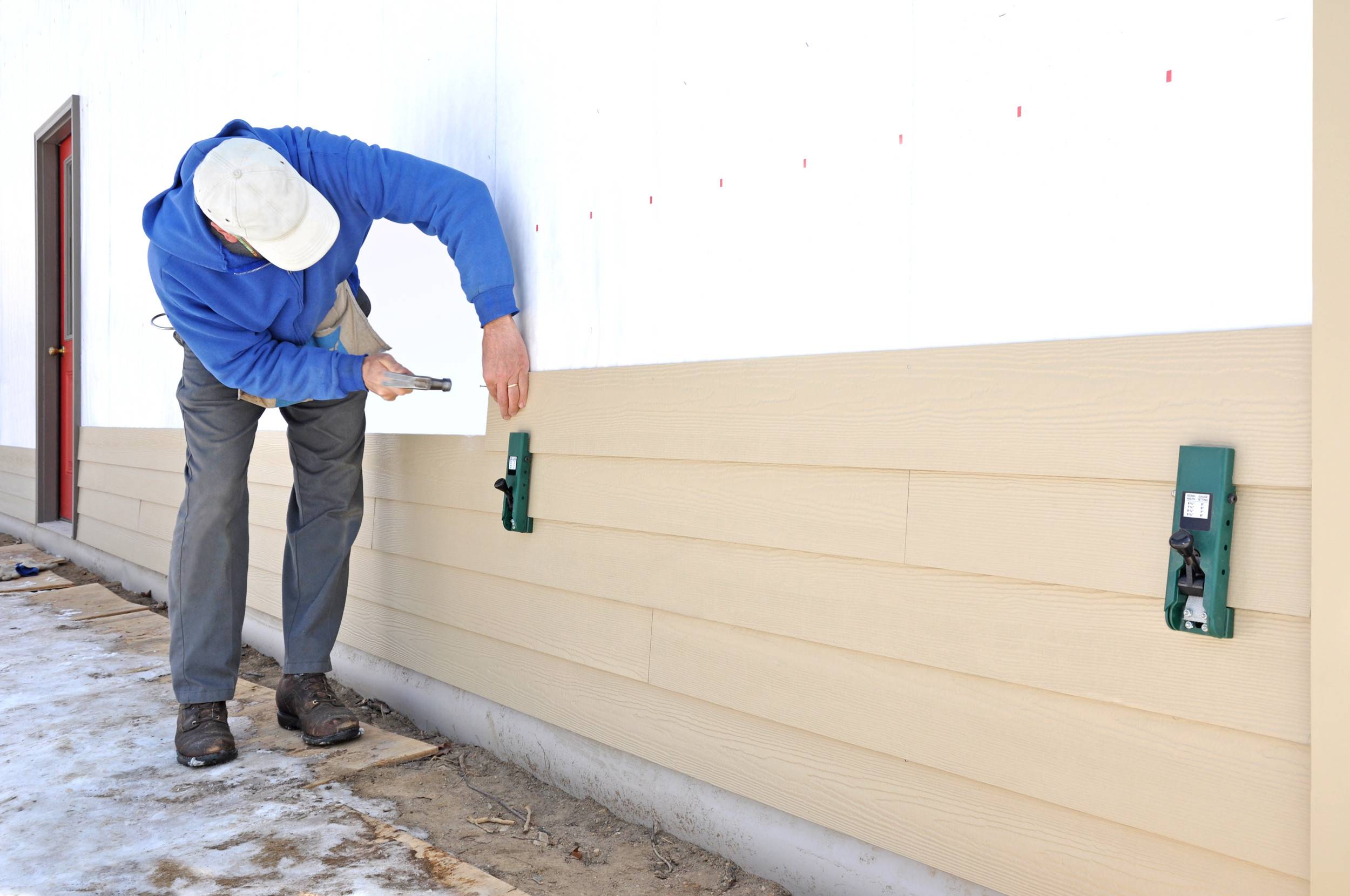
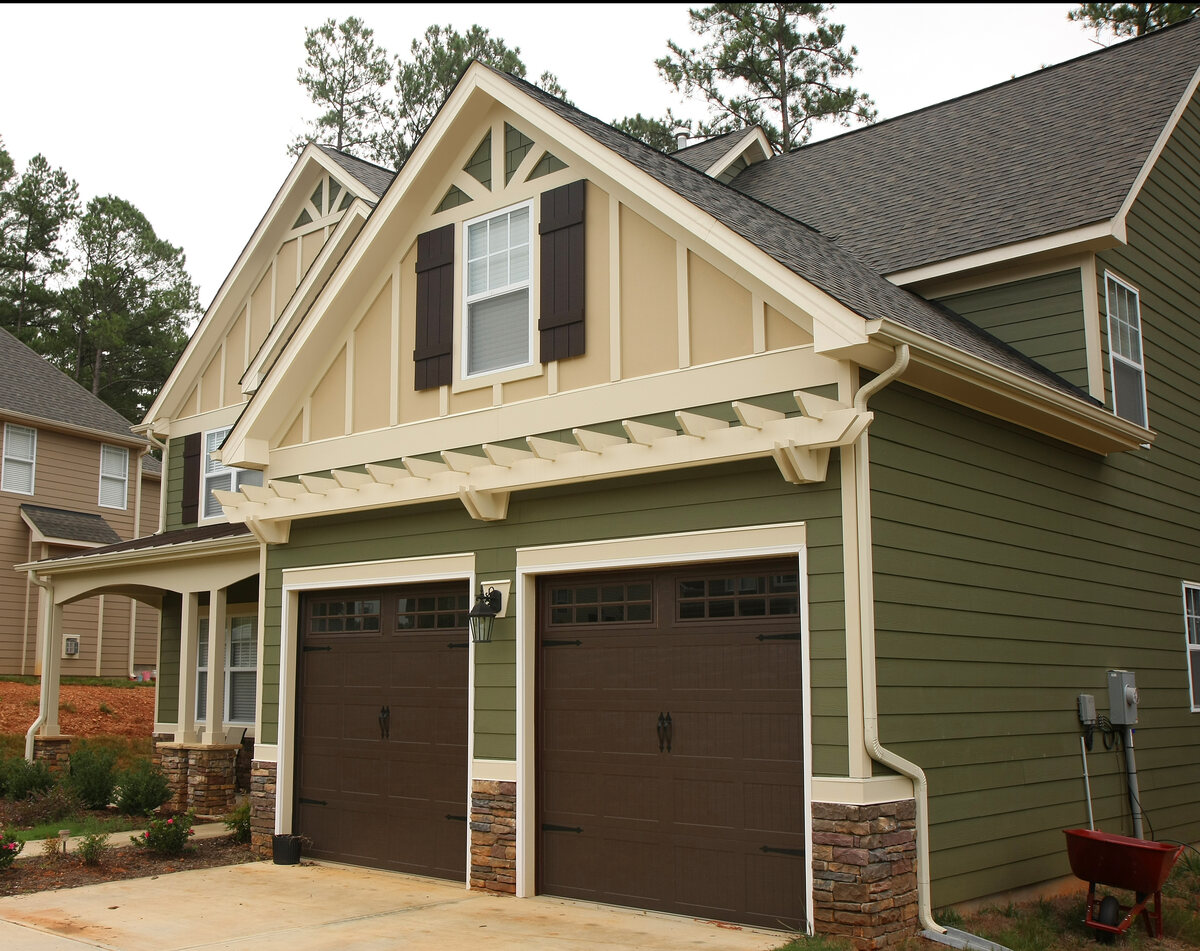
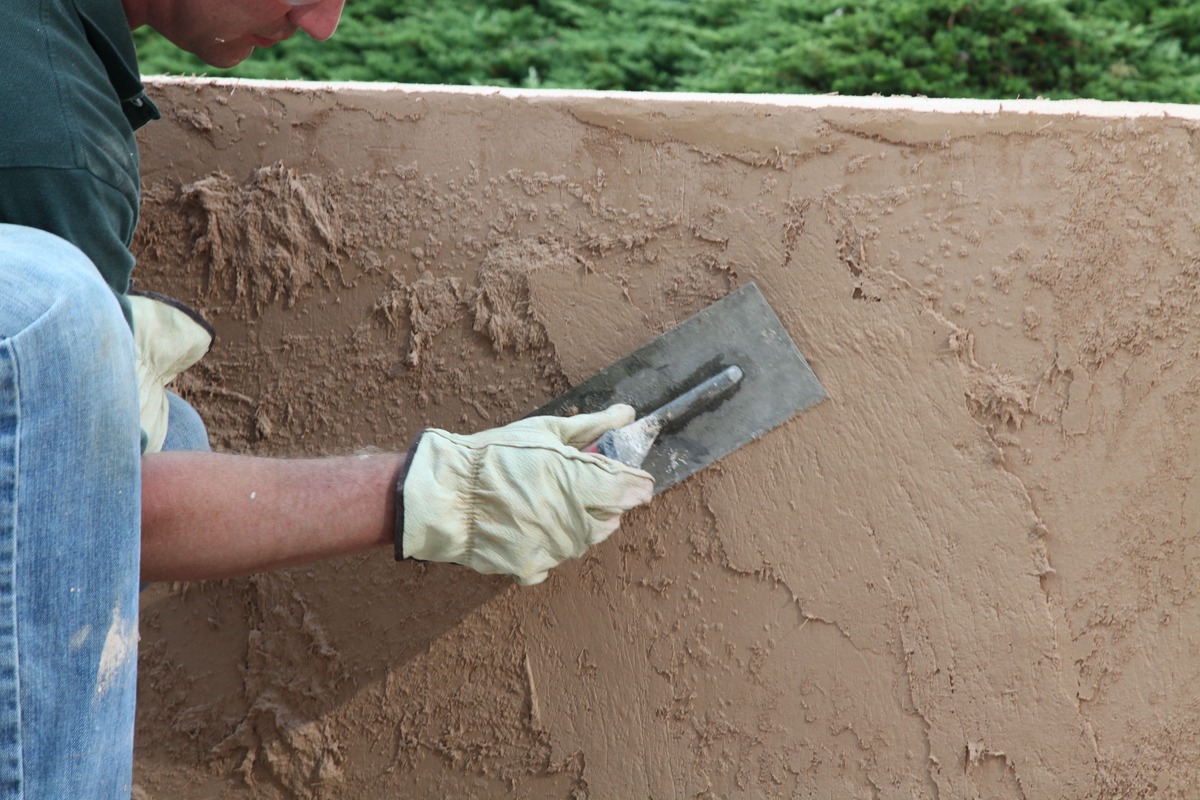
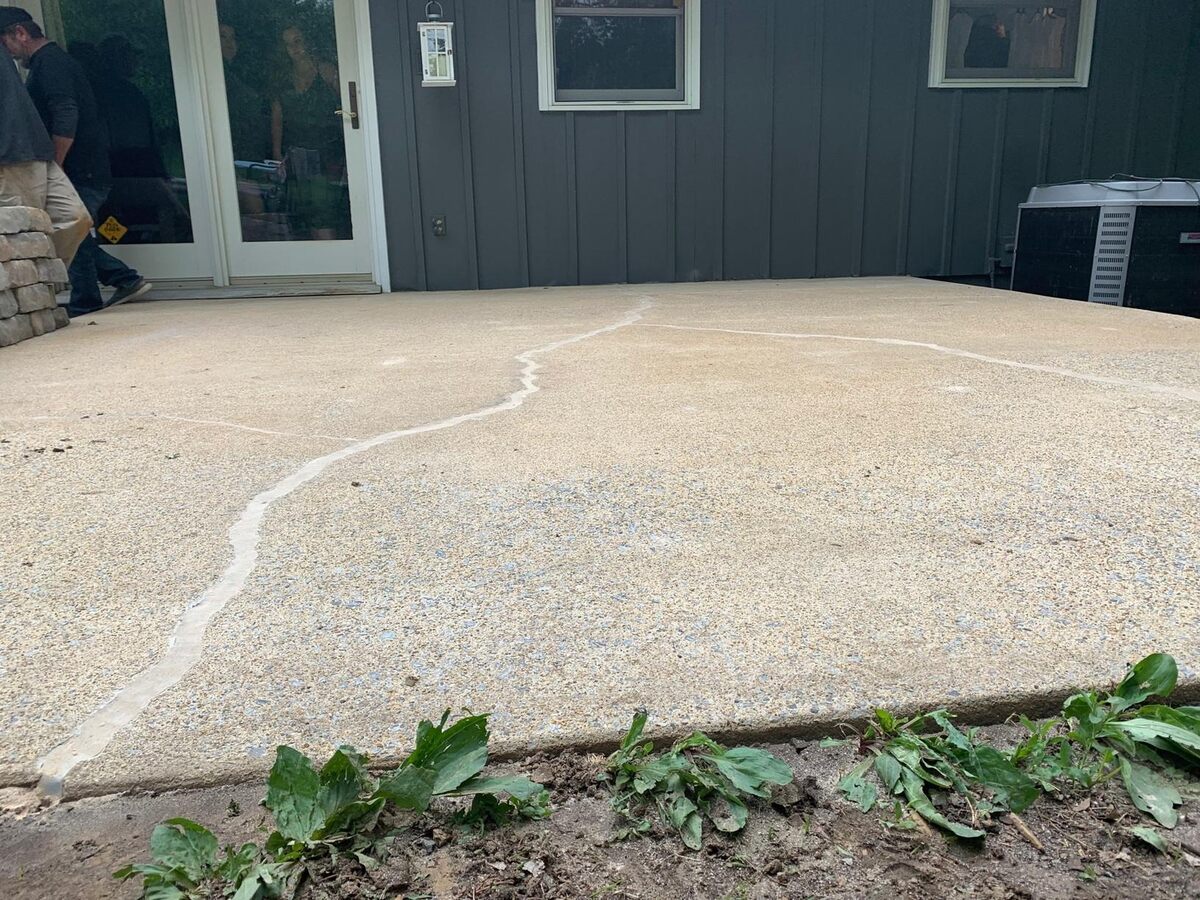
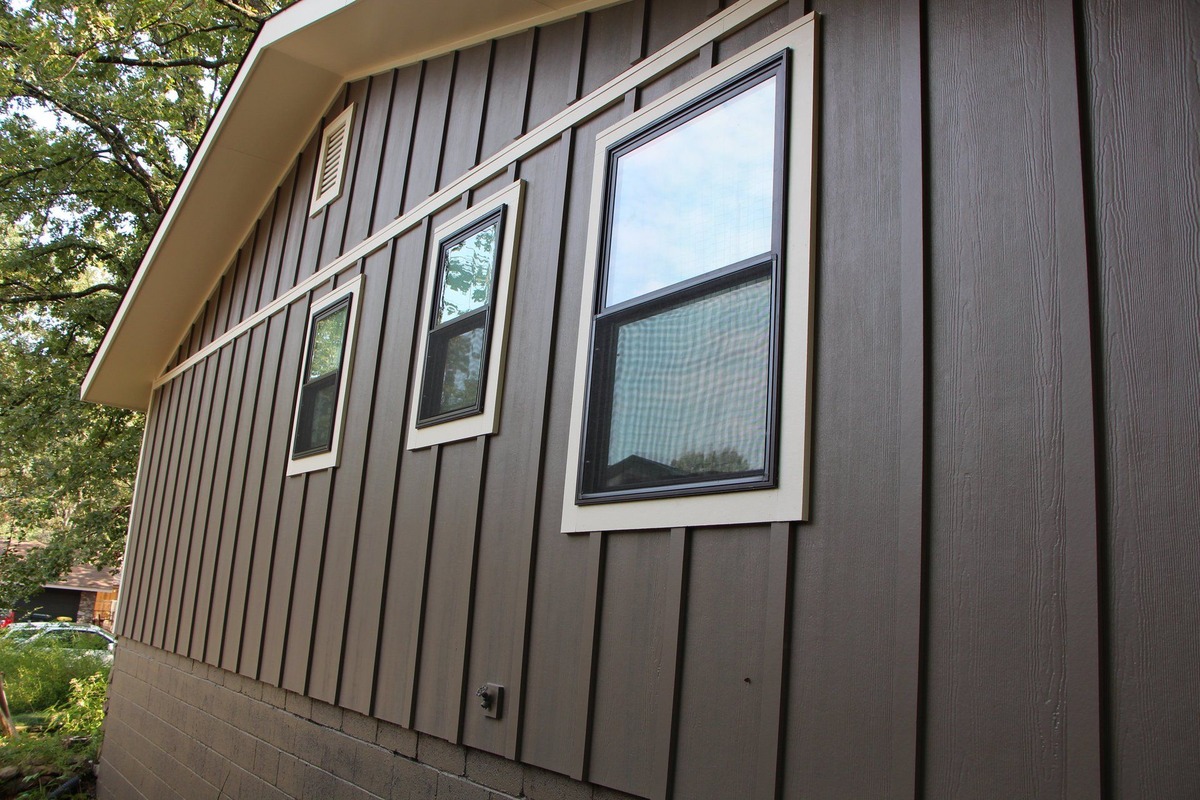

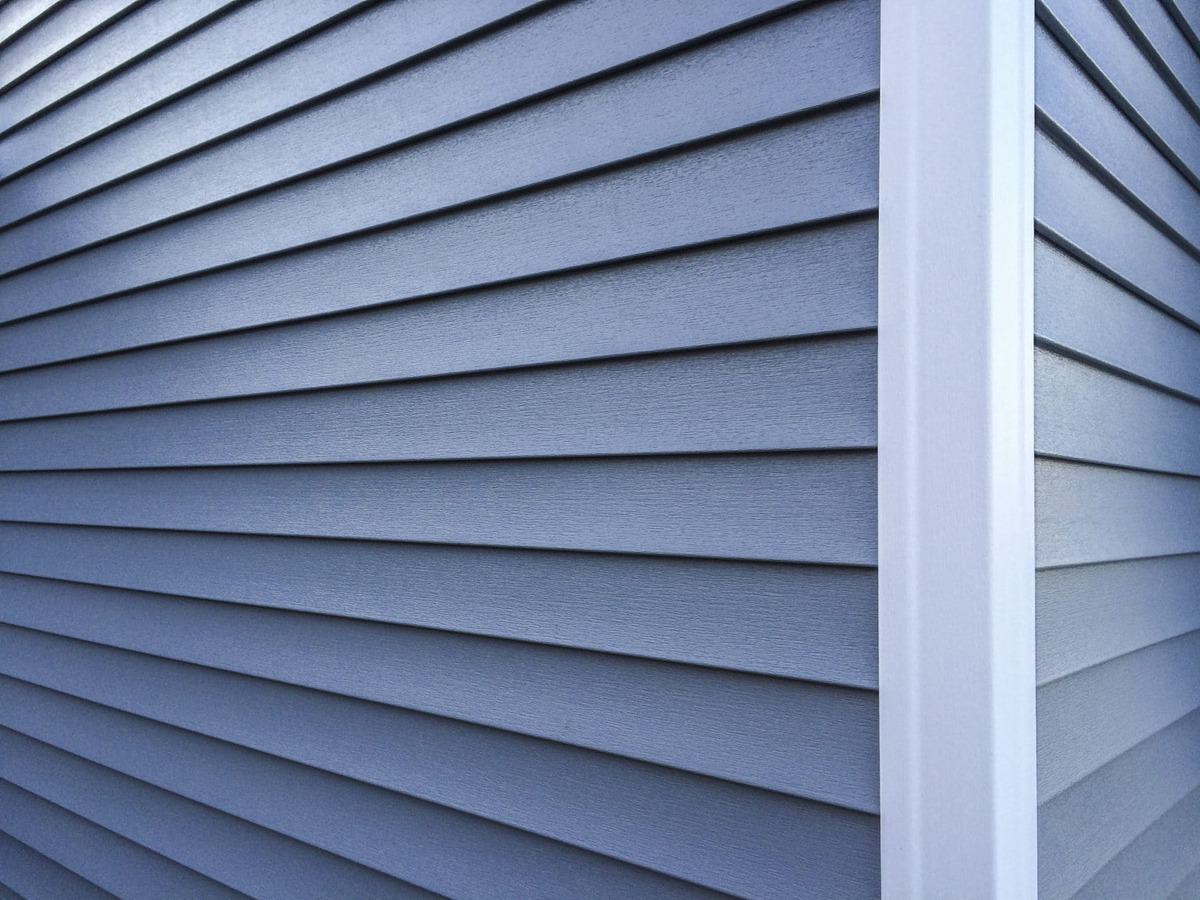
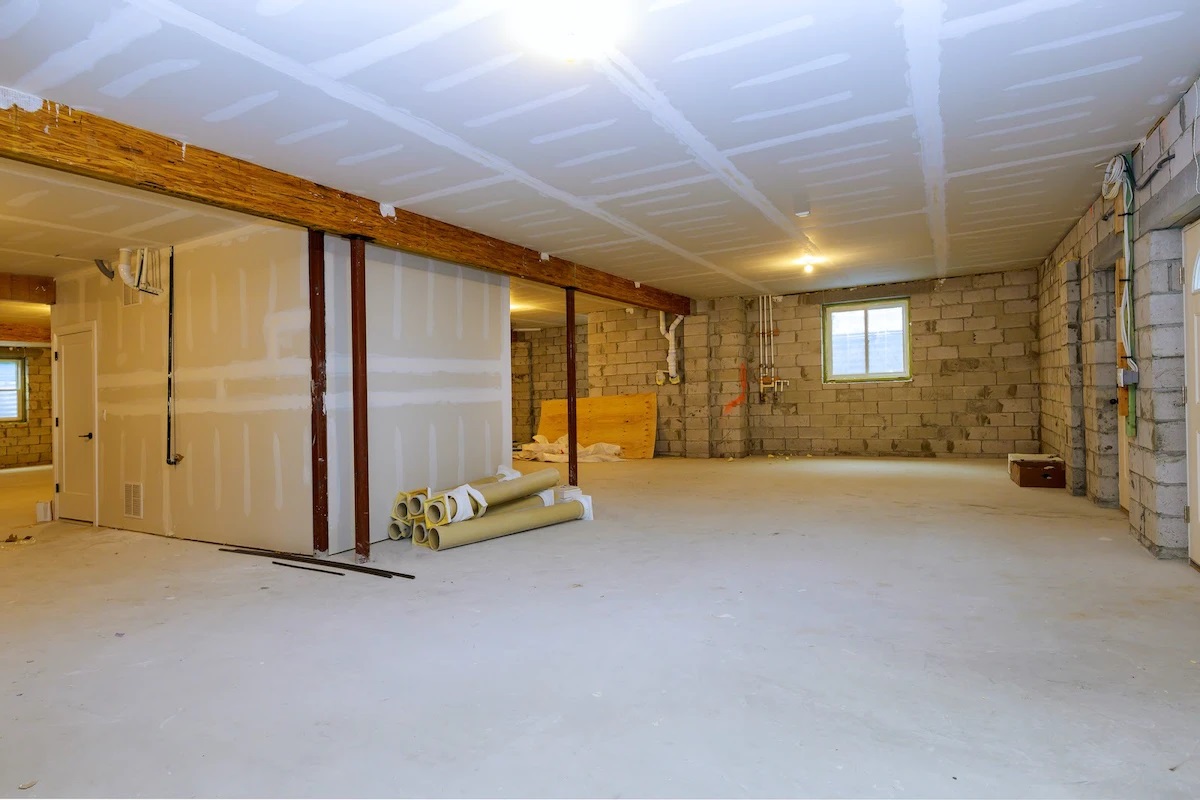
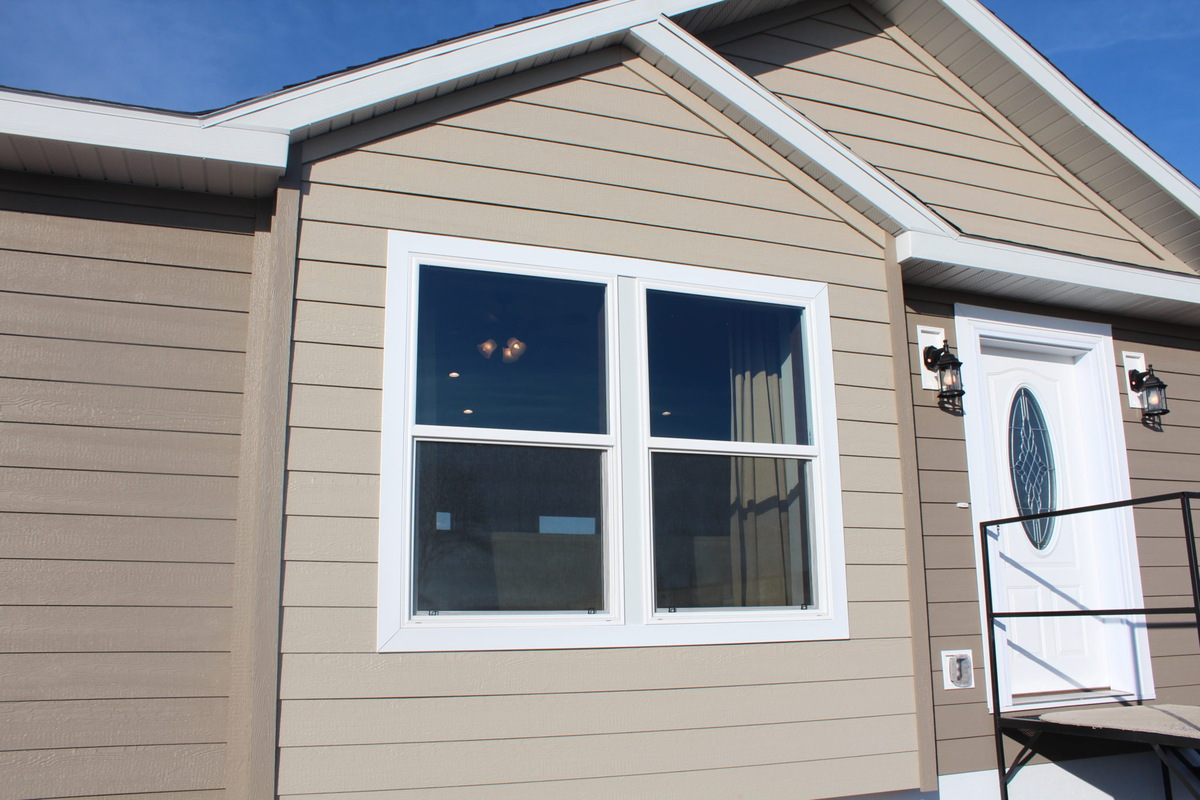
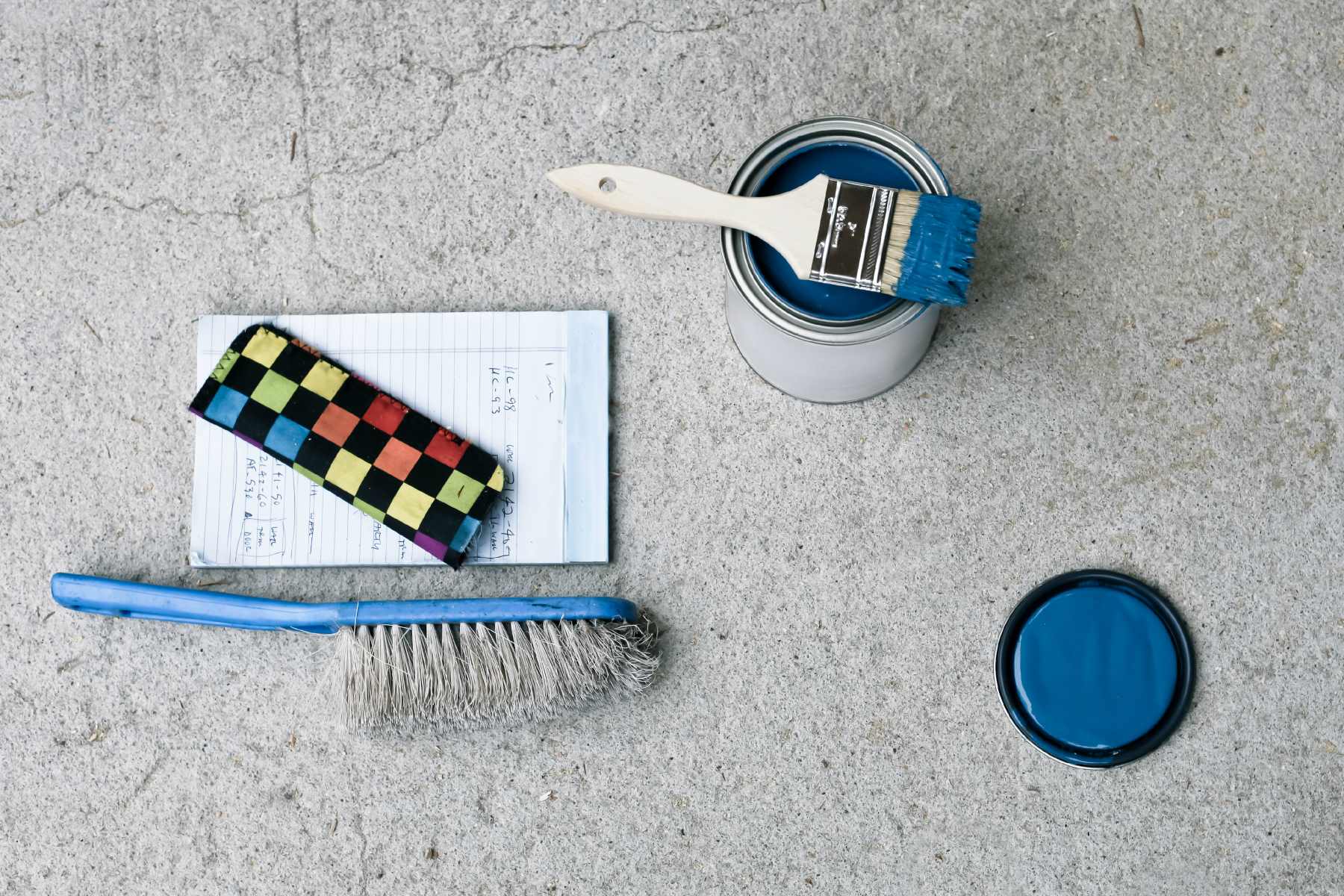

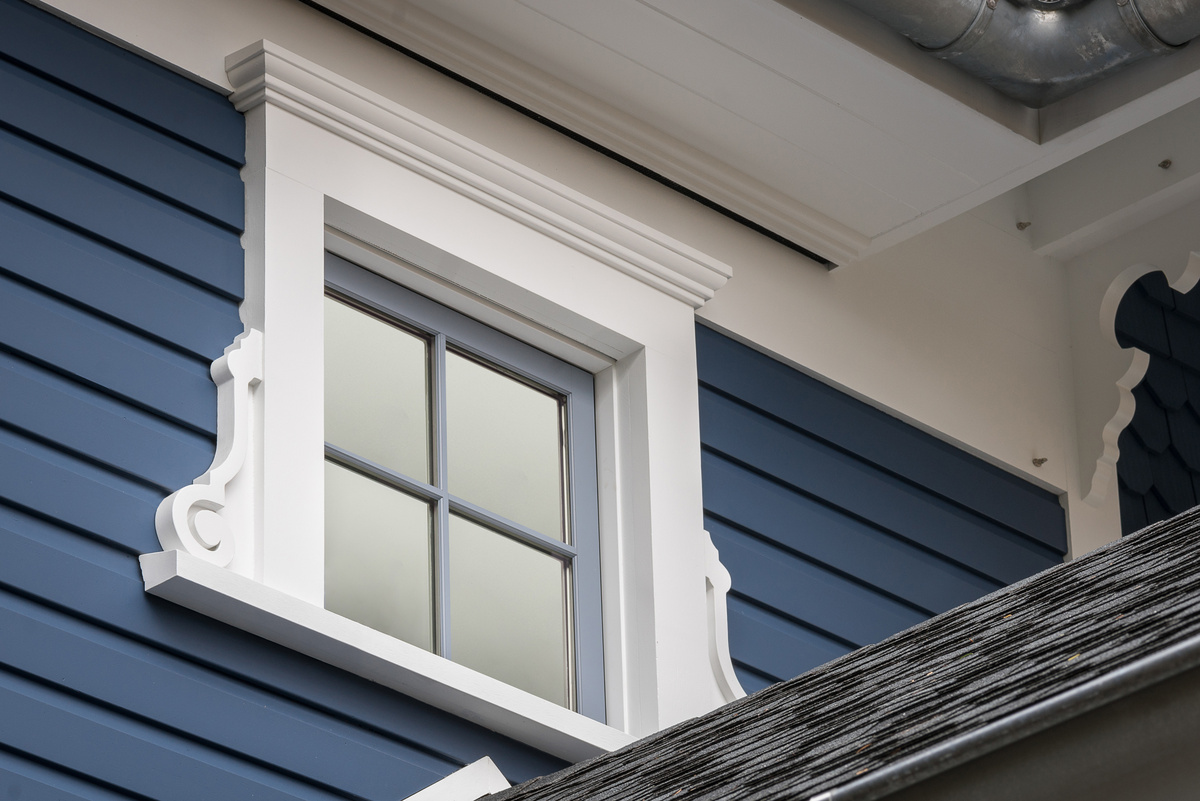
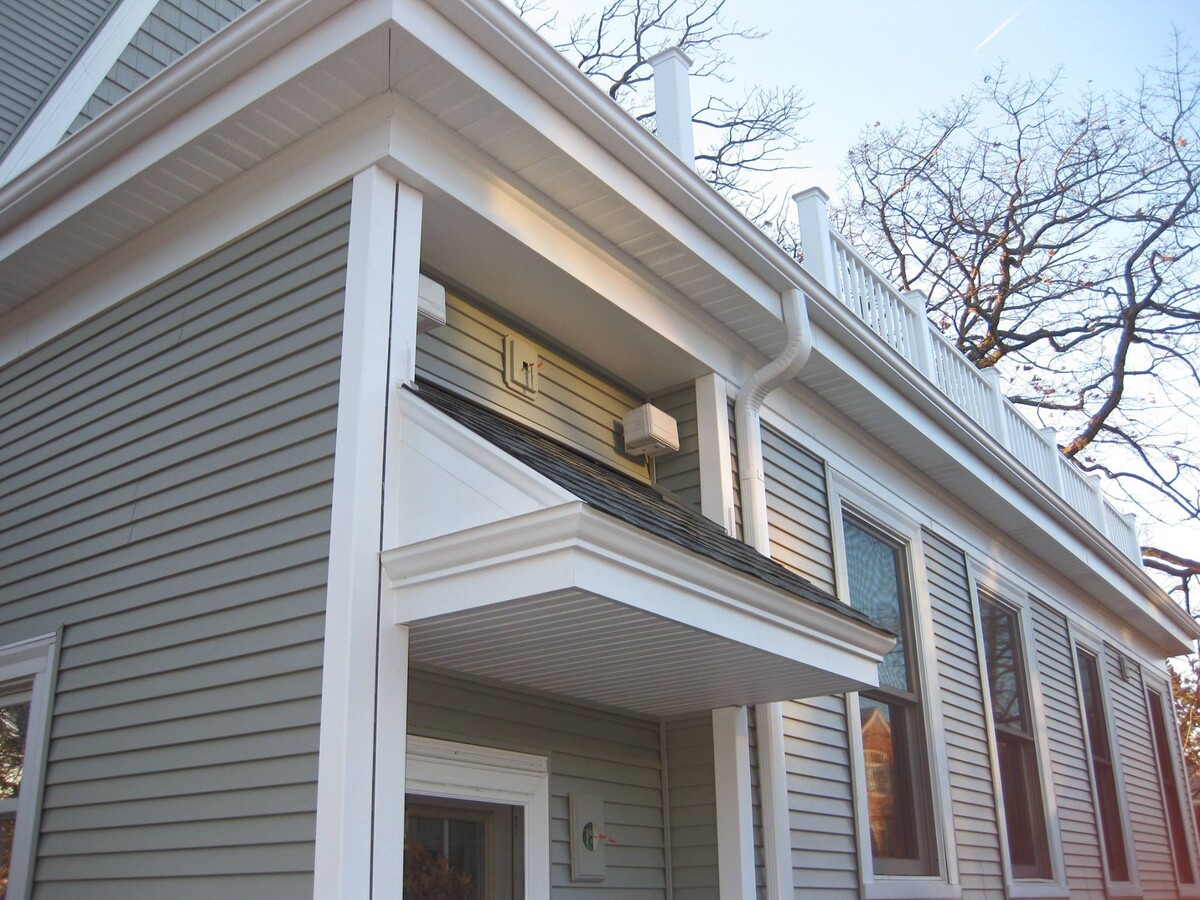

0 thoughts on “What Is Cement Siding”